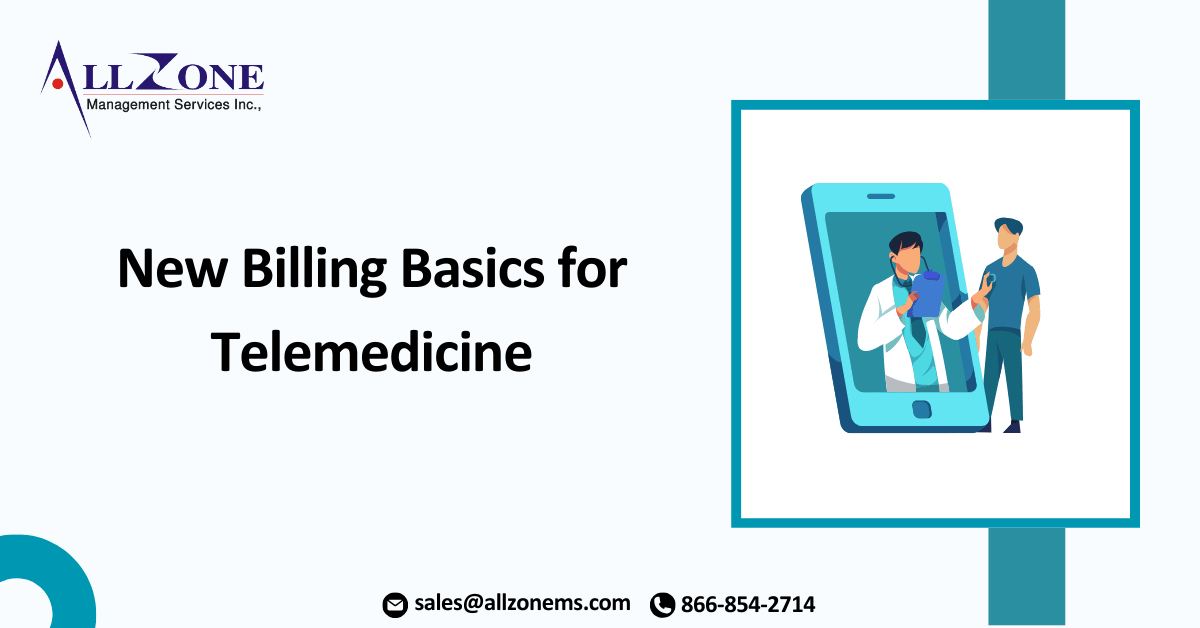Betsy Nicoletti, MS, a nationally recognized coding expert, will take your coding questions via email and provide guidance on how to code properly to maximize reimbursement. Have a question about coding? Send it here.
In this column, Nicoletti outlines some key guidance for using telemedicine. These rules would apply during the Centers for Medicare & Medicaid Services (CMS) emergency rule expanding the use of the technology during the coronavirus pandemic.
Selecting the Right Level of Service for Telehealth Visits
Q: I’m a family medicine physician new to telemedicine. How do I select the level of service for office visits via telehealth? Don’t new patients require an in-person exam first?
A: New-patient visits may be billed via telehealth and don’t require an in-person exam first. When performing a new- or established-patient visit via telemedicine, documentation guidelines require the clinician to select the level of service, based either on the key components of history, exam, and medical decision-making or on time, if counseling dominates the visit.
On March 30, 2020, however, CMS set new guidance for billing evaluation and management (E/M) services via telehealth amid the COVID-19 pandemic. The effective date for these changes is March 1, 2020, prior to the published rule.
CMS said that a practitioner could use total time or medical decision-making alone to select the level of E/M services. During the time of the public health emergency, however, history and exam are not key components in selecting the code. This mirrors the upcoming 2021 E/M changes.
If using time, CMS no longer requires that the visit be dominated by counseling. CMS said, “with time defined as all of the time associated with the E/M service on the day of the encounter.” Do not include staff time.
If using medical decision-making to select the level of service, use the definition in the 1995/1997 documentation guidelines.
Any specialty physician, nurse practitioner, or physician assistant may perform telehealth services. Telehealth services may also be done by social workers and clinical psychologists, and by registered dietitians and nutrition professionals. For Medicare patients, there is a full list of services that may be performed via telehealth in this fact sheet.
Your CPT book has a list of services that may be performed via telehealth in Appendix P. Use place of service code 02 for telehealth services to indicate “the location where health services and health related services are provided or received, through telecommunication technology.” Some payers also require modifier 95 (synchronous telemedicine service rendered via a real-time interactive audio and video telecommunications system).
Billing for Telephone–Based Services Is Not Telehealth
Q: We cannot seem to settle this debate at my obstetrics/gynecology office: What is the difference between G2012 and 99441?
A: The codes are very similar. One is an HCPCS code and the other is the first of three CPT diagnostic codes.
G2012 (HCPCS): Brief communication technology-based service—eg, virtual check-in—by a physician or other qualified healthcare professional who can report E/M services, provided to an established patient, not originating from a related E/M service provided within the previous 7 days nor leading to an E/M service or procedure within the next 24 hours or soonest available appointment; 5-10 minutes of medical discussion.
G2012 is an HCPCS code developed by Medicare for a brief interaction via phone call or audio/video service. It has a national payment rate of about $15.
Commercial insurance companies are not required to accept and use HCPCS codes. Since the start of the coronavirus crisis, some are recognizing it. But it is a far cry from paying for an office visit via an audio/visual communication system.
An audio/visual service could be set up in your electronic health record via a patient portal. But G2012 does not require that. Audio-only telephone is sufficient.
99441 (CPT): Telephone E/M service by a physician or other qualified healthcare professional who may report E/M services provided to an established patient, parent, or guardian not originating from a related E/M service provided within the previous 7 days nor leading to an E/M service or procedure within the next 24 hours or soonest available appointment; 5-10 minutes of medical discussion. Use CPT code 99442 when the service is 11-20 minutes and 99443 when it is 21-30 minutes.
As part of the March 30 emergency rule update, CMS changed the status indicator for these phone codes from non-covered to active codes. These are not considered telemedicine codes and do not need to be reported with a place of service 02 code or modifier -95. These are time-based codes, so document time in the medical record. Practitioners who perform E/M services may use these codes.
Other licensed professionals, such as physical and occupational therapists, social workers, and registered dieticians may report phone calls with codes 98966–98968. These phone call codes are also defined by time. Be aware that registered nurses and ancillary staff may not use them, however. Use 98966 for 5-10 minutes, 98967 for 11-20 minutes, and 98968 for 21 minutes or more.
CMS also said that these services may be used for new and established patient visits during the time of the public health emergency with COVID-19.
If performing telehealth services at your office via real-time audio and video equipment, use office visit codes and review the rules in this article.

